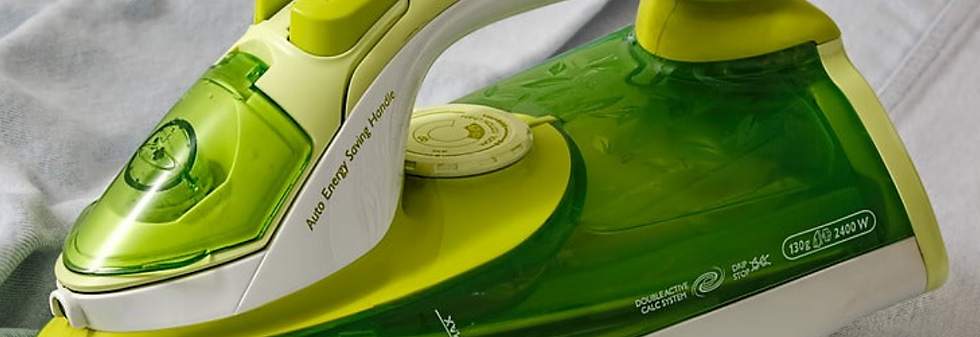
Not Reading The Care Label: Some materials need specific care. Some are Dry Clean Only. Pay attention to the label and group similar items by care and color when doing the wash.
If an item says delicates cycle, tumble dry low – don’t put it on a heavy wash cycle – common sense, yes! Overlooked anyway?- Also a yes. Many a wool sweater has been shrunk this way. If you’re feeling particularly lazy at least separate your whites to prevent more work and a dingy appearance down the road.
Too Much Detergent: Most conventional detergents are easy to accidentally overdose. Most people use way too much and as a result get dingy, worn out clothes. Lucky for Eco Nuts Soap Nuts users, it’s very hard to use too much since there’s nothing to measure. If you are using a “measure to this line” type of detergent, make sure you read the directions and make sure you are measuring to the correct line. There’s also many a lazy laundry-doer that just pours what looks “about right” directly into the laundry machine and hopes for the best. That’s literally pouring money down the drain.
Sorting : Not sorting can often result in the “pink shirt phenomenon” and happens when a white or pastel article is washed with a non colorfast item. That’s why you sort by colors as well as by care. If on the care label, the item is marked as “Wash Separately” or “Wash With Like Colors” that should be a clue that the item has colors that are likely to run a marathon all over the one shirt you did NOT want stained. Sort by colors and fabric type. Pastels should be separated from whites and bright colors. If you’ve accidentally dyed a shirt an undesirable color – DONT send it through the dryer- instead, soak overnight in oxyclean and then launder by itself or with non-important towels.
Over-Filling the Machine: If you’re all about saving money, then adding a few more clothes to the washer so you don’ have to do another load is the worst possible idea. It’s so inefficient, it’s anti-efficient. If your clothes can’t rub up against each other during the wash then they’re not getting clean which means you’ll have to wash the whole load over again. You may as well do a quick rinse in the sink under the faucet, because that’s the level of “clean” you’re going to get. Some top-loading machines have a line to show where the water goes up to – your clothes level should be under that. Not up to the line, under.When in doubt take 2 things out.
Empty Pockets: this is also a no-brainer that everyone forgets to do at some point or another. Every once in a while this turns into a laundry disaster ranging from minor (tissues) to major (cell phone). This can also turn into FUN in the dryer when you’re dealing with crayons! (FUN is sarcastic – it’s not actually fun at all!).
Zip Zippers: this is to prevent garments from catching on the zippers, potentially ripping your clothes. Takes 2 seconds.
Turn Garments Inside Out: this is especially true of blue jeans to minimize fading. The garments rubbing up against each other can rub out the denim dye over time. This is also true of transfer-type t shirt designs or garments with embellishments, rhinestones, embroidery, etc.
Pre-Treat Stains: Pre-treating will allow stains to be removed even if it is washed in cold water. Take the time to pre-treat stains, and you have a much better chance of your clothing coming out stain-free. Pre treating stains correctly is the key – different stains require different removal methods. Washing and drying without pre-treating can set some stains in. Avoid machine drying and ironing if there is a stain that is not out yet – instead run it through the laundry again. Check out our natural stain remover page if a stain stick or spray isn’t handy.
Forgetting Laundry: Ah the forgotten laundry load! Complete with mold/mildew! Tie a string around your finger or set a timer to remind yourself next time. This is especially awful if you live in an apartment building with a shared washing machine, or are at a Laundromat. You’ll be dealing with angry neighbors and all kinds of passive-aggressive things done to your clothes, or even stolen clothes.
No Dryer Sheets on Performance Fabrics: When washing performance/technical fabrics NEVER Use fabric softener or dryer sheets. Performance fabrics are the fabrics used for outdoors jackets, snow pants, and things like that. Anything made to wick or repel water or has an SPF quality to it. Most garments used for outdoors activities are performance fabrics. Fabric softeners and dryer sheets contain things like oils, waxes and fragrances. Aside for the fragrances being really bad for you, all those things cling to the performance fibers which in turn diminishes the ability to wick, repel water, and its breathability. Dryer sheets on swimsuits can also affect the elastic.
Missing socks: There is no black hole, they don’t vanish into thin air, they do however get sucked into tiny places like underneath the agitator or into the dryer vent. Simple solution – put all socks, underwear, lingerie, bandannas and tiny baby things into zippered mesh bags.